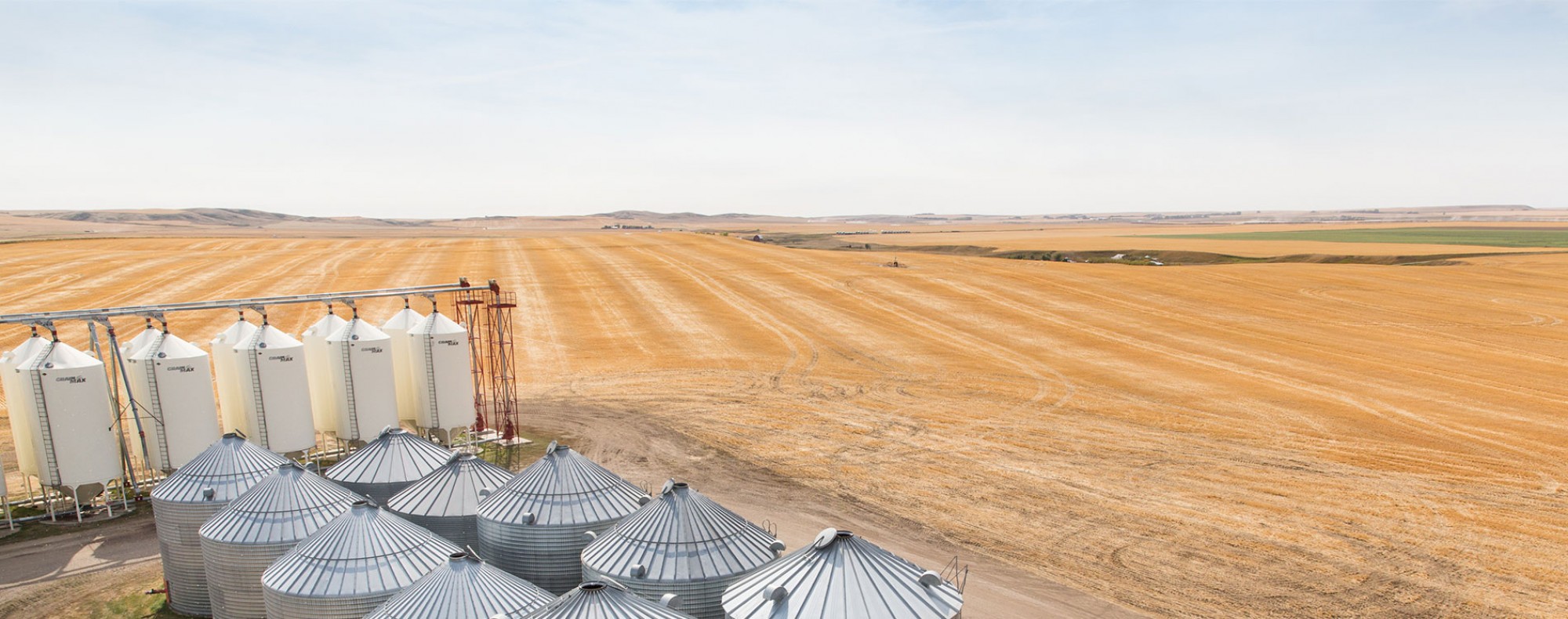Effect of seeding rate and nitrogen rate on beta-glucan levels of Hulless barley varieties across various soil and climatic zones in western Canada
This Barley Research Cluster project was funded by Alberta Barley in collaboration with the Atlantic Grains Council, the Brewing and Malting Barley Research Institute, Rahr Malting and the Western Grains Research Foundation via the AgriInnovation Program.
Project lead: Dr. John O’Donovan, Research Scientist, Agriculture and Agri-Food Canada
Start Date: April 2013
End Date:
March
2018
Alberta
Barley’s contribution: $56,187
Total funding from other
partners: $293,237
Benefits
for barley farmers:
As the food barley market in Canada expands, this information will be crucial
to growers of barley for food.
Summary:
The project will provide important information on the best seeding-rate and
nitrogen-rate combinations to optimize beta-glucan levels in Hulless barley
varieties, and thus enhance the health value and market feasibility of the
barley.
Results:
Barley
grown for the food market desires higher beta-glucan content. Most agronomic
research so far has provided agronomic recommendations for malt and feed
barley. It is, therefore, necessary to determine how agronomic practices such as
seeding and nitrogen rates will affect barley grain beta-glycan contents.
Beta-glucans are being recognized for their health benefit. If barley is grown
to maximize beta-glucan content, producers will need to know what agronomic
decisions to take to raise the beta-glucan content.
Two hull-less barley varieties (Rattan and hilose) were seeded at (200, 300 or 400 seeds m-2)and two nitrogen fertilization rates of 60 or 120 kg ha-1. Rattan tended to have the higher beta-glucan content out of the two tested varieties (not compared statistically). Regardless of variety, beta-glucan content can be increased through increased nitrogen rate or decreased seeding rate. Lower seeding rates resulted in lower yields, so the recommended seeding rate will depend on the primary goal of production (beta-glucans vs. yield). High nitrogen rates increase lodging and days to maturity while lower seeding rates decrease yield and 1000 kernel weight. However, lodging across site years was relatively low. Combining high nitrogen with a low seeding rate may best offset the negative impacts of each of the two agronomic decisions.
